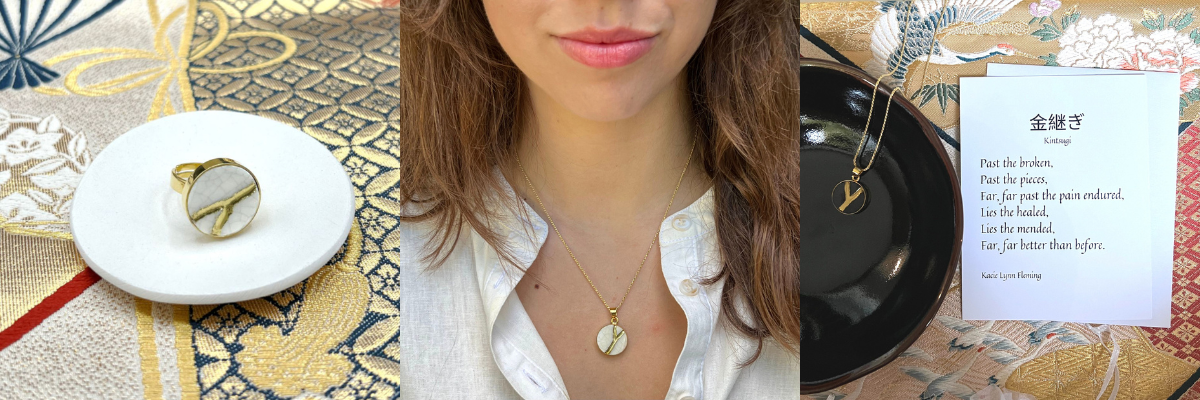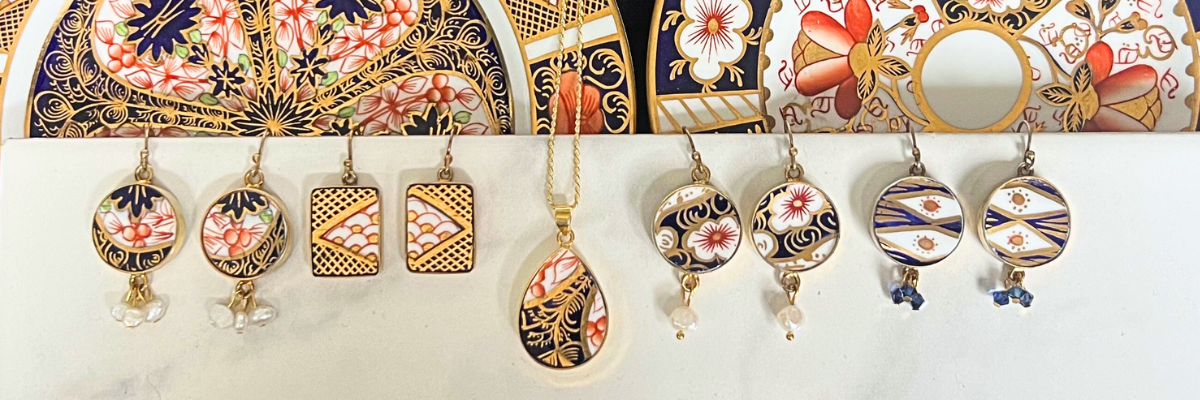Lomonosov: The Imperial Art of Blue and Gold Porcelain
Among the world's great porcelain traditions, Russian porcelain reached its height in the distinctive blue, white, and gold patterns of Lomonosov, which stand out for their striking beauty and masterful craftsmanship. Each piece represents a continuation of artistic traditions that blend Russian aesthetics with technical expertise developed over several centuries.
A Heritage of Imperial Origins
Peter the Great envisioned establishing a porcelain manufacturing company in Russia, though it was his daughter Empress Elizabeth who realized this ambition in 1744 on the banks of the Neva River in St. Petersburg. For a century, the Romanov dynasty directly guided the factory's development, shaping both its artistic direction and production standards.
The factory's identity evolved with Russia's history: from the Imperial Porcelain Factory (mid-19th century to 1917), to the State Porcelain Works after the Revolution, and finally to the Lomonosov Porcelain Factory in 1925, named for Mikhail Vasilyevich Lomonosov, the renowned scientist who established the Russian Academy of Sciences. Today, it continues as a private enterprise, maintaining its historical production techniques while creating new works.

4 Lomonosov porcelain patterns: Bridesmaid, Royal Domes, Forget Me Not, Cobalt Net
The Cobalt Net Pattern: Design Evolution
The Cobalt Net pattern, created in 1949 by Anna Yatskevich, transformed a practical element into artistic innovation. The pattern originated from the grid lines porcelain painters used to divide plates into sections for ornamental painting.
The design features deep cobalt blue lines forming a mesh across white porcelain, with 22-karat gold stars marking each intersection. This combination of geometric precision and metallic accents creates a distinctive visual effect. This signature design has remained in continuous production since its introduction.

The Forget-Me-Not Pattern: Blue Artistry
The Forget-Me-Not pattern, created in the 1950s, features various shades of blue, and covers the surface in curving arches and floral motifs. Inverted gold teardrops accent the design, adding subtle brilliance to the rich blue tones. The pattern demonstrates the factory's mastery of blue glazes and gilt work.

The Bridesmaid Pattern: Layered Design
The Bridesmaid pattern combines a lattice edge with blue and white floral designs throughout the piece. Tiny gold flowers serve as accent points, creating a multi-layered effect. The pattern balances structured borders with flowing botanical elements.

Royal Domes: Architectural Heritage
The Royal Domes pattern depicts the silhouettes of domed buildings in gold, white, and rich blue tones, with tiny gold flowers, and geometric designs throughout. This design draws inspiration from Russia's architectural heritage, particularly the distinctive onion domes that crown Orthodox churches and other imperial structures.

Technical Mastery
The production of these patterns requires specific expertise. The cobalt blue undergoes the initial firing, as it withstands the highest temperatures while maintaining color stability. Gold details require a separate firing at lower temperatures to achieve their characteristic finish.
Each piece requires multiple firings and hand-painting stages. The Cobalt Net pattern, in particular, demands exceptional precision - the intersecting lines must maintain consistent spacing and width throughout the design. This combination of technical requirements and artistic skill defines Lomonosov's production standards.
Collection and Authentication
Collectors worldwide seek pieces from different production periods, each offering unique characteristics of their era. Authentication involves examining several key elements of each piece: the quality and consistency of the cobalt application, precision of gold work, distinctive glaze characteristics, and factory marks specific to each production period. The overall craftsmanship quality provides additional verification, as the factory's high standards have remained consistent through generations of master artisans.
A Living Tradition
Within the walls of the historic factory on the Neva River, artisans continue to create these treasured patterns using techniques passed down through generations. While modern kilns have replaced the original firing ovens, and new quality control methods ensure consistency, the essential elements remain unchanged: the careful application of cobalt glazes, the precise placement of gold accents, and the dedicated pursuit of excellence that has defined Lomonosov porcelain for nearly three centuries.
The Lomonosov Porcelain Jewelry Collection by eclectiQuas
eclectiQuas: From Fine China to Broken China Jewelry
Inspired by the beauty and intricate designs of vintage Lomonosov porcelain, eclectiQuas creates elegant broken china jewelry that reimagines and gives new purpose to this treasured pattern. Each handcrafted pendant necklace, earring, and adjustable ring combines vintage porcelain featuring the distinctive blue white and gold geometric patterns with gold plated sterling silver settings and quality embellishments, such as lustrous freshwater pearls and vintage glass beads. These distinctive designs transform traditional china into heirloom jewelry meant to be treasured for generations. Versatile for any occasion, eclectiQuas jewelry lets you bring the beauty of Lomonosov into your everyday style.
Resources:
"About Lomonosov Porcelain," Russian American Company https://www.russianamericancompany.com/lomonosov-porcelain-info/
"Imperial Porcelain Factory, Saint Petersburg." Wikipedia, Wikimedia Foundation, Day https://en.wikipedia.org/wiki/Imperial_Porcelain_Factory,_Saint_Petersburg 05 February 2025
Lomonosov-porcelain.com https://lomonosov-porcelain.com/index.php?route=information/information&information_id=4 07 Feburary 2025




